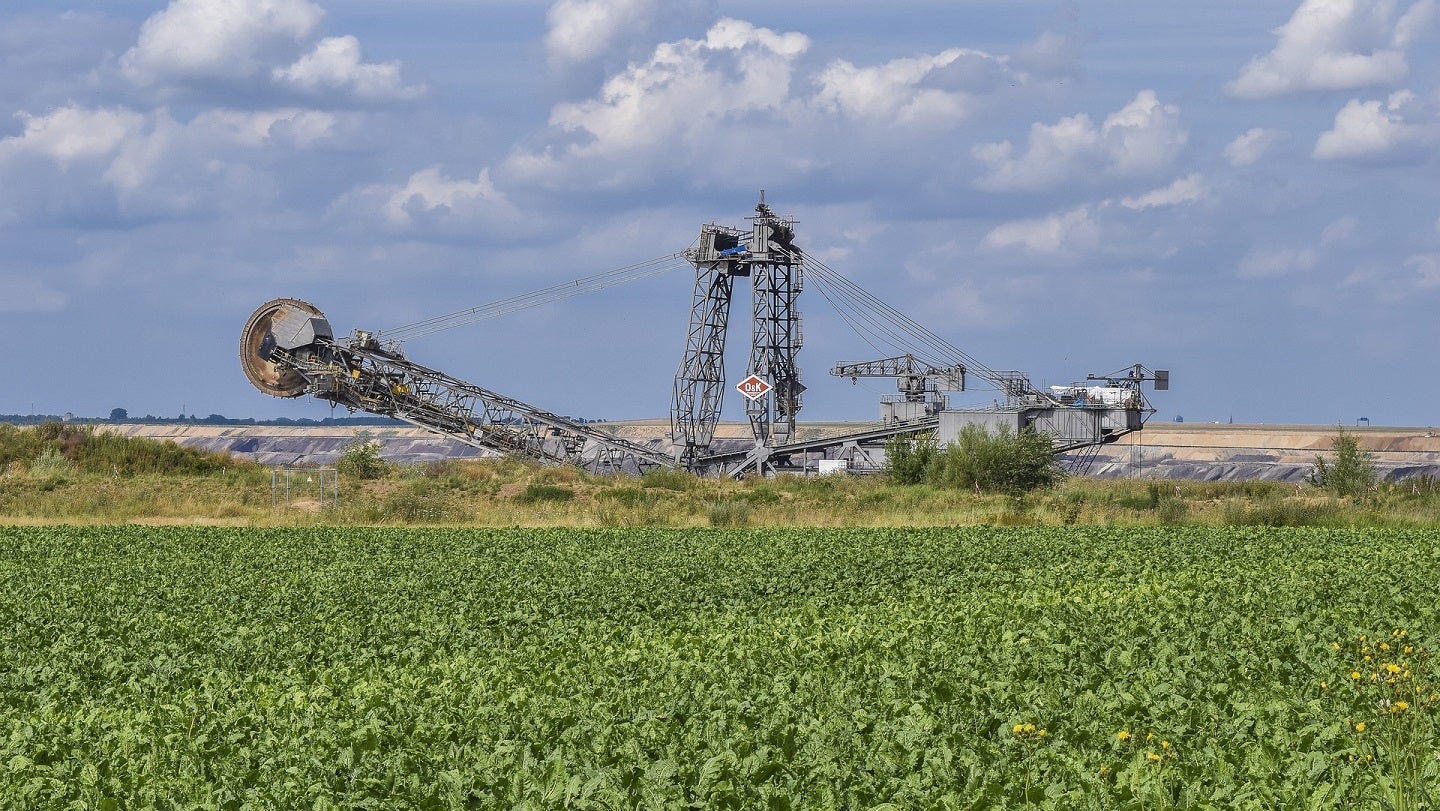Shell Plc will increase its dividend 15% and boost natural gas production as new Chief Executive Officer Wael Sawan refocuses on the fossil fuels that drove record profits last year.
It’s part of a pivot by the European oil major to expand the most profitable parts of its business, even if they are carbon intensive, while scaling back ventures that don’t make high enough returns. The company reiterated its pledge to achieve net-zero emissions by 2050, but didn’t present a clear plan to achieve that target.
“We will invest in the models that work — those with the highest returns that play to our strengths,” Sawan said in a statement. The CEO and his management team will lay out more details of the plan to shareholders at a presentation in New York later on Wednesday.
Shell has been gradually building back its dividend since former CEO Ben van Beurden slashed it during the depths of the pandemic. While the latest increase will still leave the payout about 30% below the pre-Covid level, the move may help convince investors that the company can be a reliable source of cash, like its more highly valued American peers.

Shell will now seek to grow its integrated gas business and stabilize oil output to 2030, after cutting production by about 20% from a peak in 2019. That follows in the footsteps of BP Plc, which rolled back its plans to cut oil production earlier this year. Investors rewarded that move with a 15% jump in BP’s share price.
Shell shares rose as much as 0.5% to 2307.5 pence as of 10:20 a.m. in London.
“One area of initial disappointment may be on the dividend,” RBC analyst Biraj Borkhataria said in a note. “From our conversations into the event, we believe market consensus was for around a 20% increase.”
As well as the dividend increase, which will take effect this quarter, Shell committed to buying back at least $5 billion of shares in the second half. The company will reduce capital spending to $22 billion to $25 billion a year for 2024 and 2025, down from an expectation of $23 billion to $27 billion this year.
Put together, the shift in strategy of the European majors is another sign that the American vision for Big Oil is winning out. As Shell and BP pivoted to low-carbon in recent years, Exxon Mobil Corp. and Chevron Corp stuck unapologetically to their fossil-fuel cores. That helped contribute to a valuation gap as oil investors flocked to the clear-cut Americans while the Europeans were still too involved in petroleum to attract low-carbon purists.
Key to achieving higher returns will be the oil and gas business that drives the majority of Shell’s profits. The company will no longer seek to cut oil production by 1% to 2% annually, having achieved its initial output-reduction plan — announced in 2021 amid a focus on cutting carbon emissions — faster than anticipated.
Net Zero
Despite the focus on oil and gas, Shell maintained its climate targets, including a goal to reach net-zero carbon by 2050. That includes emissions from all the fuel the company sells, known as Scope 3, and make up the vast majority of the company’s carbon footprint.
But as Shell boosts natural gas and maintains oil production, it shows the company sees no end in sight to demand for the fuels that cause climate change. The company’s 2050 target is therefore more a reflection that eventually demand could go away, rather than a prescription to drive the change to make it happen.
“As society moves towards net-zero emissions, we expect Shell’s operating plans to reflect this movement,” the company said in a footnote to Wednesday’s announcement. “If society is not net zero in 2050, as of today, there would be significant risk that Shell may not meet this target.”
While many of the details of Shell’s plan will come later on Wednesday, the initial outline puts oil and gas front and center while giving low-carbon efforts a smaller supporting role. That’s a stark difference from the company’s strategy update about two years ago, when Shell said its oil production would decline and named electricity and low-carbon hydrogen as its key sources of growth.
Today, Shell said it would invest “selectively” in power, focusing on markets where it can add value with its traders. Investments in hydrogen and carbon capture technology will be made “in a disciplined manner to create options for the future.”
Overall, the company said it plans to invest $10 billion to $15 billion from 2023 to 2025 for low-carbon energy sources such as biofuels, hydrogen, electric vehicle charging and carbon capture and storage. This spending will have to adhere to Shell’s mission to drive higher returns for shareholders, the company said.
“We need to continue to create profitable business models that can be scaled at pace to truly impact the decarbonization of the global energy system,” said Sawan.
Share This:
Next Article






